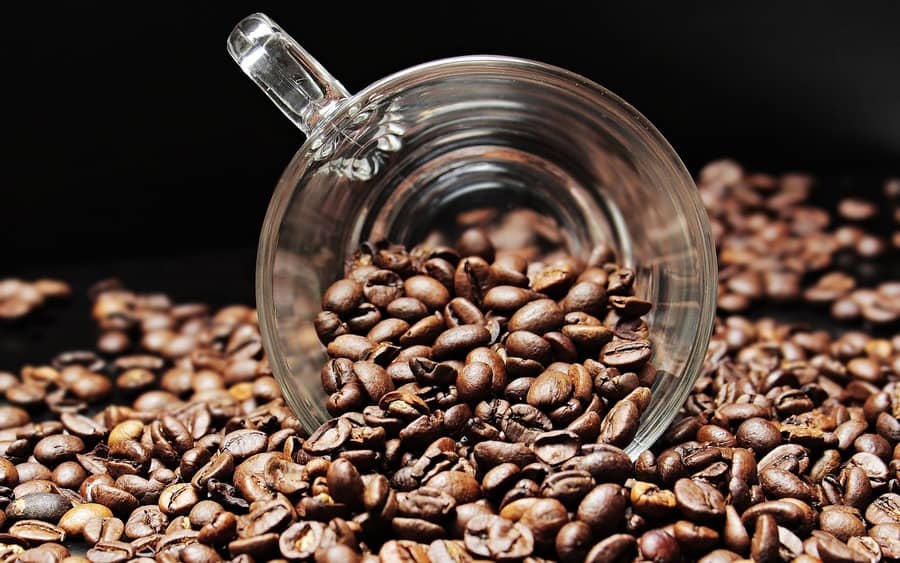Coffee continues its bullish sequence and sets a 4-month high on ICE US. The New York exchange continues to reflect short-term issues, such as weak exports and very firm differentials in Brazil. The rise in prices from other origins such as Central America and Colombia also collaborates with gains. Excessive rain in Brazil and falling certified stocks in New York close the combo of bullish stimuli. The fact is that the feeling of tightness distorts the price relationship and encourages a realignment in coffee prices on ICE US. The question is whether the movement has strength since it feeds on short-term corrective impulses and remains vulnerable to financial flows.
Since the end of last year Brazilian coffee had been seeking a positive detachment from the New York benchmark, reflecting the frustration of Brazil’s 2022 crop and the withdrawal of sellers. At the beginning of 2023, export differentials of Brazilian coffee FOB port were already positive for the descriptions of the so-called group 1 – arabica with good and fine cups. This is not very common. The spread between bids and offers increased, making it difficult to close deals. The reflection was the decline in the volume of shipments last January. But the question remains whether the tightening supply is more linked to the withdrawn attitude of sellers or the actual lack of coffee. Many market agents involved say there is still plenty of growers’ coffee inside warehouses. Perhaps, the behavior of sellers in the face of the recent price high can help answer this question.
The country shipped 2.84 mln bags of coffee (green, soluble and roasted and ground) in January, down 17% from the same period last year, according to a survey by Cecafé. Green coffee shipments totaled only 2.52 mln bags, which reinforces the idea of a smaller external flow from Brazil. However, over the business year the decline in shipments is not so great. From July 2022 to January 2023, the country exported 22.23 mln bags, down 3.8% from the same period of the previous trade cycle. Revenue in the same period rose 23% and reached USD 5.2 billion. Lower coffee availability in the current season points to a decline in the shipment flow. And it is expected that the decline in shipped volume will even be above the 4% indicated thus far. In this sense, the shipment flow must remain low from here until the end of the season.
Central American countries and Colombia, on the other hand, given the pressure from the entrance of a new crop – they start the production cycle in October –, ended up taking a little longer to start their relative appreciation movement, which only gained prominence now in February. Colombian Excelsior Epoca, for example, is trading at 234.75 cents FOB port of Buenaventura, which is equivalent to a differential of +41 cents against ICE US. However, it is good to remember that the sale basis for Colombian milds already reached +50 cents before the last rally and +59 cents in early November, reflecting the limited availability in the transition between seasons. The fact is that the rise on ICE US somewhat eases the pressure on differentials, but the coffee export basis is still highly valued, especially in the case of Brazilian coffee.

